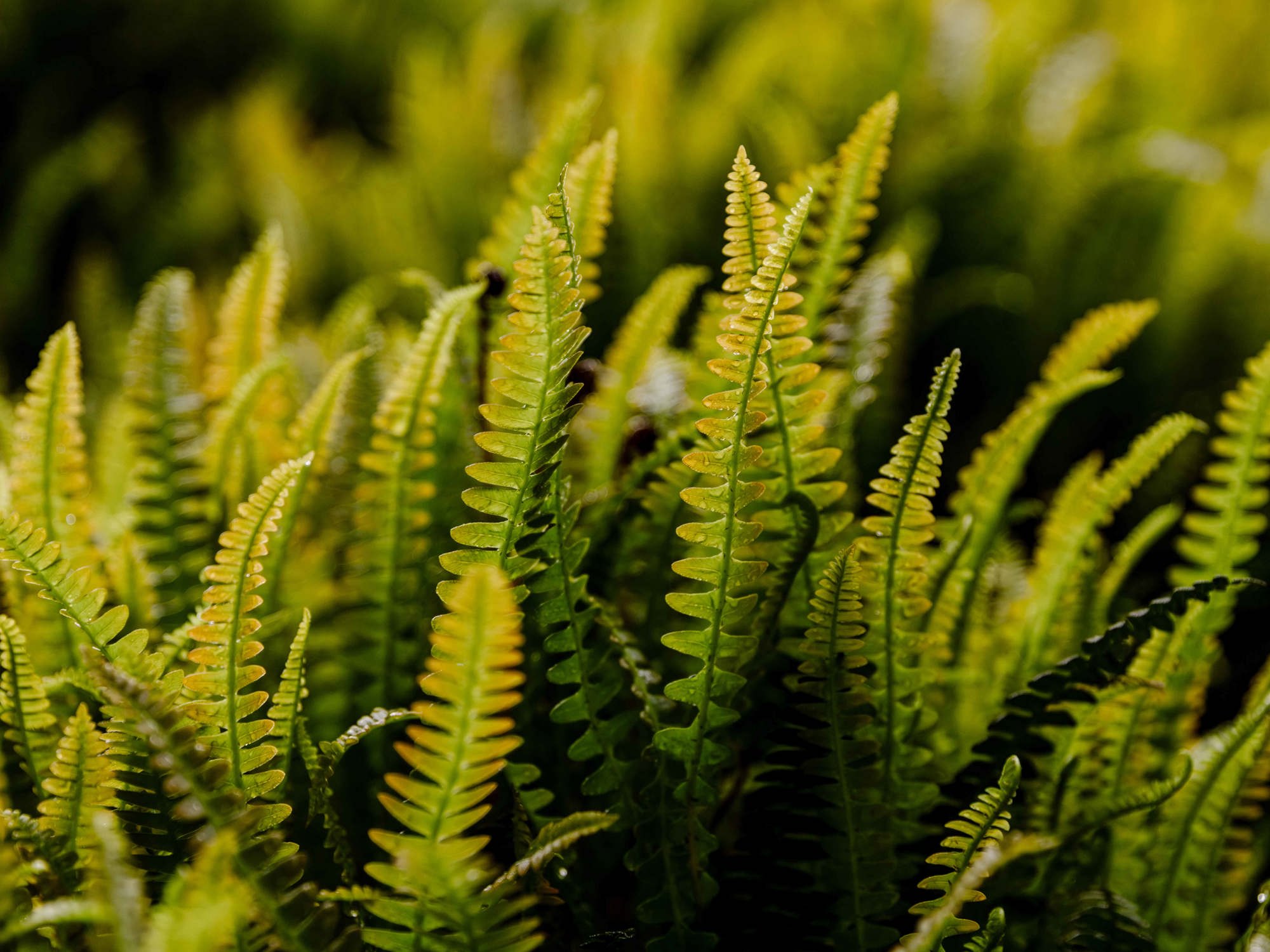A much-loved palm, nurtured over two centuries at one of the world’s leading plant science and conservation institutes, has been unveiled as a botanical enigma. Nearly a year after it was felled at the Royal Botanic Garden Edinburgh (RBGE), experts conducting due diligence have determined the 60 ft (18m) treasure was not the Sabal bermudana everyone believed. In a further twist if, as is now suspected, the long-lived specimen was Sabal mexicana, it was a new species still to be described to science when it arrived as ship’s cargo at Leith in the early 1800s.
The last remaining plant in the Garden’s A-Listed Palm Houses as they were cleared last September for major restoration, the specimen was reaching the end of its natural life when it had to be removed. Towering high in the limited space, its crown had been trimmed back on various occasions to prevent it pushing through the glass roof. Knowing the palm was too frail to survive a move, RBGE horticulturists had earlier collected seed to grow young specimens and ensure its legacy.

Image: Research Collections Manager Sadie Barber with one of the progeny
As the day of felling arrived, the process of due diligence started. RBGE Scientist Dr Alan Elliott was already in contact with botanists in Bermuda to discuss the potential for donating preserved material or one of the palm’s progeny, in accordance with international information sharing and working partnerships between botanic gardens.
Tropical botanist Dr Axel Dalberg Poulsen dissected material from the palm to create a lasting Herbarium specimen, samples were taken for DNA sequencing and a detailed botanical illustration was completed, along with close-up photography. All this with the intention of confirming the species identity and creating a free resource for scientists and other interested parties now and in the future. Early documentation procedures included contact with Scott Zona in the US, a recognised authority on the Sabal family, who highlighted some subtle differences in the biology of the various species.
Axel Dalberg Poulsen explained: “Using Scott Zona's elaborate monograph of the 15 known species in the genus Sabal, I narrowed it down to three possible species. Only last week, Scott looked at our evidence and now we have a clearer idea of the true identity of the flagship palm of the Royal Botanic Garden Edinburgh. It is not Sabal bermudana as the label said for a very long time but quite possibly Sabal mexicana.
“We also know the German botanist CFP von Martius only described Sabal mexicana as a species in 1838. Thus, until then, the palm at the Botanics was actually a new species.”
Full verification of the palm’s true species can only be achieved if DNA sequencing is undertaken or once flowers of its progeny are collected and examined. The former option being an accurate but potentially expensive process, the latter possibly taking several decades until the young palms are mature enough to flower.
Until then, as the leading authority Scott Zona has confirmed he that he is comfortable the label on the RBGE Herbarium specimen and those on the young palms can read Sabal mexicana Mart. Dr Zola has also requested RBGE provide a richly illustrated paper for PALMS, the journal for the International Palm Society, in the belief there is likely to be wide interest in the story of the old Sabal.
For the next chapter in this detective story, Alan Elliott and Research Collections Manager Sadie Barber will now prepare the requested paper for PALMS. A leaf sample of the original palm is also likely to be taken for alignment of molecular sequences.
As to how it unravels from there, Dr Elliott suggested: “Molecular identification to complement the identification based on the morphology done by Axel and confirmed by Scott, should get us just that little bit closer to the true identify of our Regency era palm.
“The change in name should not detract from the 200 years of skilled horticultural effort that went in to keeping the Sabal thriving so far north from its natural habitat. Unfortunately, the origin of the palm will likely remain a mystery as it predates the ledgers that detail plants arriving in the Living Collection. I like to think there is a letter or a mention in some teaching notes in an archive from one of our Profs of Botany that mentions the arrival of the Sabal and where it came from, but that’s probably wishful thinking.”
Sadie Barber concluded: “Through Axel’s diligence, we now know that our Sabal is not in fact Sabal bermudana, it is most likely Sabal mexicana, although only with flowers or DNA sequencing will we know for sure. This doesn’t make the palm any less important in terms of its historic relationship with RBGE, but it does shift the focus away from Bermuda. It also demonstrates how the identification of species relies on the skill of taxonomic experts to make the necessary decisions for trustworthy labels to be placed on botanical collections.”


